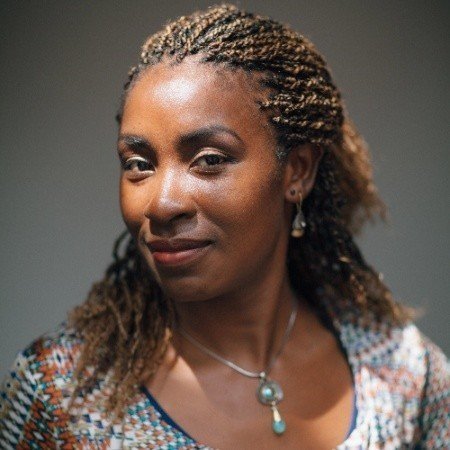The Importance of Intersectionality in Tech
One of the biggest misconceptions about tech is aptly summarized by Hessie Jones, “[Tech is]afforded a supremacy that humans feel comfortable not questioning. And yet, technology isn’t just a neutral tool.”
As AI/ML continues to become rapidly enmeshed in our daily lives, so have discussions of ethics, and the lack thereof, in tech. The dangers of the myriad intersectional biases in tech design have made their way from the confines of esoteric spaces into broader mainstream discussions of diversity, equity, inclusion, and ethics.
Although many big tech companies are hiring in-house DEI consultants and broaching the topic of more equitable AI, those who share lived experiences of marginalization and deliberate, systemic underrepresentation and oppression across (but not limited to) the intersections of race and gender remain–in most cases–deliberately, and certainly systemically— marginalized and underrepresented. This is an insidious dynamic that, although veiled by the perceived objectivity of science, continues to cause harm.
When BraveSpaces Roundtable podcast guest, Masheika Allgood of AllAi Consulting, LLC joined us to discuss “Equity, Inclusion, Accessibility and The Pitfalls of Automation in Tech”, she shared this perspective,
“[…]Because tech is new, people think everything needs to be new. We need whole new laws and whole new areas of [protection]. We have to look at [abuses] in a whole new lens. We have structures for this. And so my thing is, we can move pretty quickly to address a lot of these abuses if we’re willing to use the structures that are there and see them in new and creative ways.” -Masheika Allgood
Those at the forefront of the efforts to decenter the existing white supremacist and capitalistic structures for more diversity, equity, and integrity in tech, have met their fair share of breakthroughs and burnout. This existing polarity can be found in Timnit Gebru’s conflicts at Google which ultimately led to her dismissal. Gibrit went on to create what was needed.
“Instead of fighting from the inside, I want to show a model for an independent institution with a different set of incentive structures,”
Timnit Gebru, Founder of Distributed Artificial Intelligence Research (DAIR) for “Wired“
Her exit precipitated the subsequent resignations of her esteemed colleagues who joined her at DAIR (Distributive AI Research Institute) in a show of solidarity and commitment to equitable AI.
“Models of oppression are prevalent in dichotomous thinking of racial, Eurocentric and masculinist thoughts of many in society who claim to have superior gender, race or ethnicity. This thought is deeply rooted inside the minds of people of those societies…”
-Patricia Hill Collins, Black Feminist Thought: Knowledge, Consciousness, and the Politics of Empowerment
Compartmentalizing issues of bias in AI as a novel design flaw to be “corrected”, and not a historical and contextual framework to be dismantled and restructured is shortsighted. It’s been over three decades since law professor, Kimberlé Crenshaw coined the term intersectionality. The phrase was coined to—rather aptly—describe the ways our social identities overlap. “It’s basically a lens, a prism for seeing the way in which various forms of inequality often operate together and exacerbate each other.” The technology is new, the pitfalls are not.
Dr. Dede Testubayashi’s (Deh-deh Teh-tsu-bye-ya-she) expertise is DEI + product + business value and integrating them into a team and organization's best practices. She has extensive experience building frameworks and guidelines to integrate product inclusion into the development process, and driving adoption as an integral portion of phased and prioritized roadmaps for teams to execute against. Dede is a member of the Equity Army run by Annie Jean-Baptiste, a group focused on educating organizations on Product Inclusion. She's also a founding member of Tech Ladies, a group focused on inclusivity in tech, and is working on two new publications; a memoir and a product inclusion guide.


